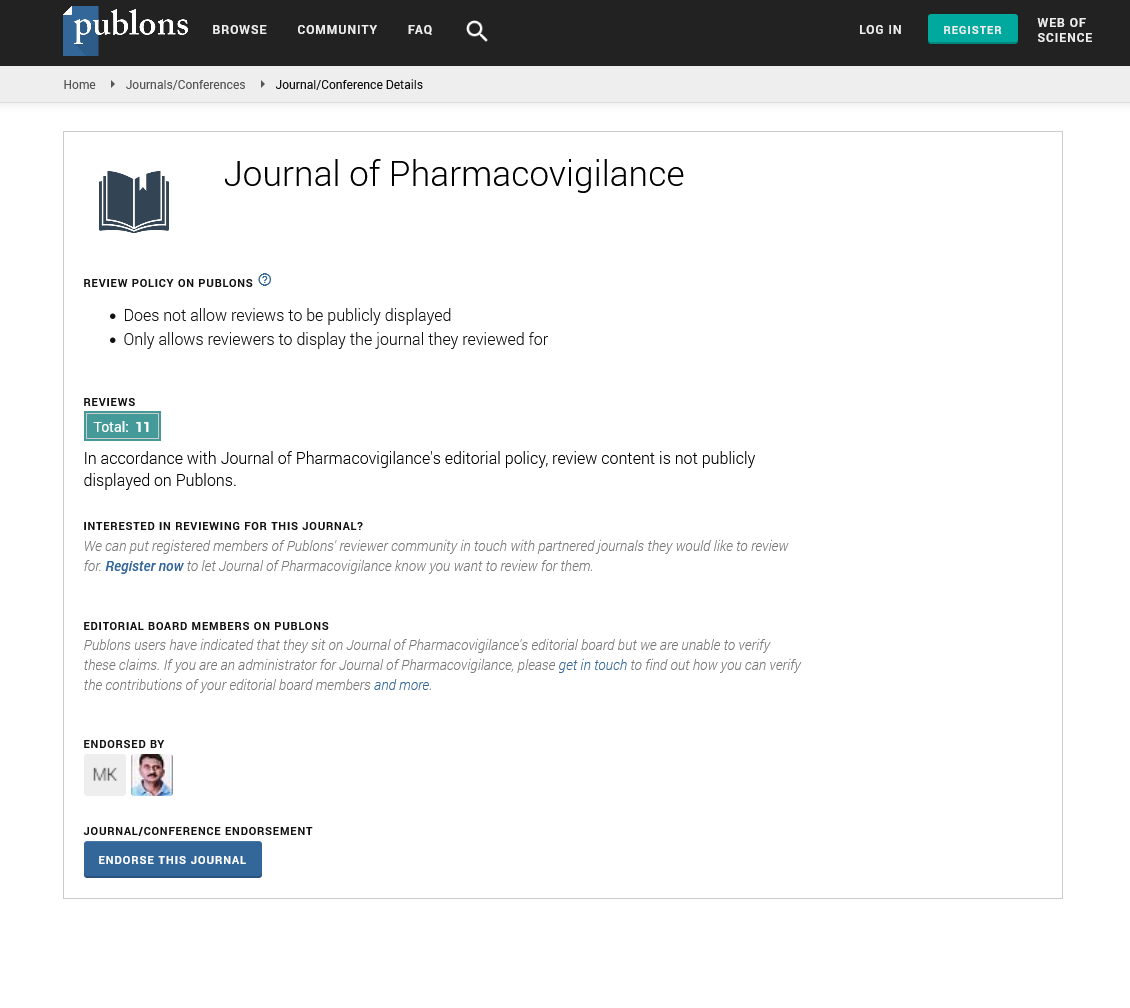Indexed In
- Open J Gate
- JournalTOCs
- The Global Impact Factor (GIF)
- RefSeek
- Hamdard University
- EBSCO A-Z
- OCLC- WorldCat
- Publons
- Euro Pub
- Google Scholar
Useful Links
Share This Page
Journal Flyer

Open Access Journals
- Agri and Aquaculture
- Biochemistry
- Bioinformatics & Systems Biology
- Business & Management
- Chemistry
- Clinical Sciences
- Engineering
- Food & Nutrition
- General Science
- Genetics & Molecular Biology
- Immunology & Microbiology
- Medical Sciences
- Neuroscience & Psychology
- Nursing & Health Care
- Pharmaceutical Sciences
Abstract
Epidemiological Characteristics and Prognosis of 103 Cases of CRKP in a General Hospital in Guangzhou
Shuai Zu, Hengrui Zhao, Minghui Wen, Lei Zheng and Xiumei Hu*
Objective: To analyze the nosocomial infection of Carbapenem-Resistant Klebsiella Pneumoniae (CRKP) and the prognosis of patients in a general hospital in 2021.
Methods: Using unified diagnostic criteria, 103 cases of CRKP infection in a general hospital in 2021 were investigated, including the clinical epidemiological data of age, sex, and department, and the characteristics of department distribution, infection site, population and prognosis of CRKP were analyzed.
Results: As global bacterial resistance rises and widely distributed multiple drug-resistant bacteria, XDR gradually becomes untreatable, which leads to an increase in the number of hospital infections. Through the investigation of hospital infection in clinical departments and related disease areas of our hospital, it was found that the majority of clinical departments have detected multidrug-resistant bacteria, which makes us pay more attention to this phenomenon: A total of 106 strains of CRKP were detected in the whole year (repeated detection of CRKP in different specimens from the same patient was only recorded for the first time). The detection rate of CRKP in hospitals was 13.77%, and male patients were far higher than female patients. The internal medicine unit was the department with a high incidence of CRKP infection. After CRKP infection, 70 patients improved, while 33 patients did not improve (χ2=9.936, P<0.01).The main source of specimens and sites of infection is the respiratory tract and lungs.
Conclusion: The high-risk population of hospital CRKP infection is male elderly patients, the high-risk department is internal medicine, and the main infection site is the lung. The majority of CRKP patients improved after treatment. Tigecycline and cephalosporins enzyme inhibitor compound preparations are effective in the treatment and prognosis of clinical patients with CRKP infection.
Published Date: 2022-12-12; Received Date: 2022-11-10

